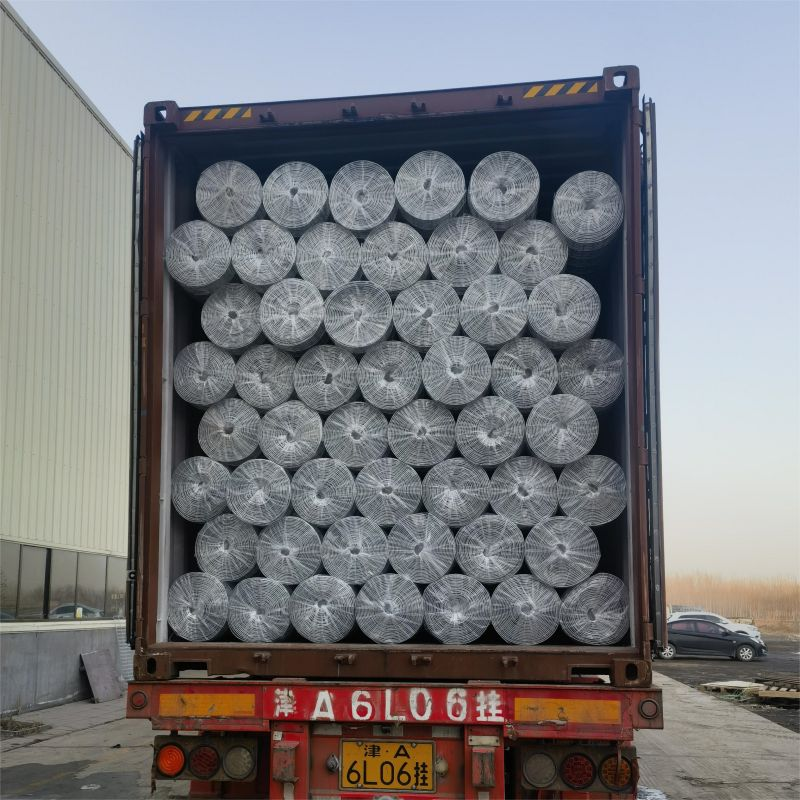types of iron nails
Understanding the Different Types of Iron Nails
Iron nails have been used for thousands of years in construction and woodworking, offering strength and durability. Despite the advent of newer materials, iron nails remain indispensable due to their effectiveness and affordability. This article explores the various types of iron nails, their characteristics, uses, and advantages.
1. Common Iron Nails
Common iron nails are the most widely used type in construction and general repairs. They have a flat head for easy driving and a sharp tip designed to penetrate wood surfaces with minimal effort. These nails are typically made from steel that is coated to prevent rusting, although they may still corrode over time if exposed to moisture. Common iron nails are ideal for framing, general carpentry, and basic construction tasks.
2. Finishing Nails
Finishing nails, also known as trim nails, are designed for more aesthetic applications. They have smaller heads than common nails and are often used in furniture making or for attaching moldings without visible nail heads. When driven into a surface, the head can be countersinked, allowing it to sit below the wood surface and be concealed by wood filler or paint. This makes finishing nails particularly popular among woodworkers and craftsmen looking to achieve a polished finish.
3
. Brad NailsBrad nails are similar to finishing nails but are even thinner. They are primarily used in delicate applications, such as attaching thin pieces of wood or decorative moldings. Due to their small size and narrow gauge, brad nails minimize the risk of splitting the wood. They are often used in upholstery or crafting projects where precision is key.
types of iron nails

4. Concrete Nails
Concrete nails are specifically designed to penetrate hard surfaces like concrete or masonry. They are typically made from hardened steel, which grants them strength and durability. Concrete nails feature a thicker shank and a unique, fluted design that helps them grip the material firmly. They are essential for projects that involve fastening wood to concrete or brick, such as frameworks and siding.
5. Roofing Nails
Roofing nails are specialized iron nails used in roofing applications. They have a wide, flat head that provides increased holding power and prevents the nail from pulling through shingles. Roofing nails are typically galvanized or coated to resist rust, which is crucial given their exposure to the elements. Their strong construction enables them to withstand high winds and other stresses encountered on rooftops.
6. Spiral Nails
Spiral nails are twisted in shape and provide superior holding power compared to standard nails. The spiral design allows them to grip the wood fibers more securely, which reduces the risk of loosening over time. These nails are often used in applications that require additional strength, such as in treated lumber or in structural assemblies.
Conclusion
The variety of iron nails available ensures that there are suitable options for almost any project, from heavy-duty construction to delicate woodworking. Understanding the different types of nails and their specific applications can help builders and craftsmen select the most appropriate fasteners for their needs. While new materials continue to emerge, iron nails maintain their presence in the marketplace, driven by their reliability, strength, and cost-effectiveness. Whether you're a professional builder or a DIY enthusiast, knowing about these various iron nail types can enhance the quality and durability of your work.
-
Space-Saving Chain Fence Hacks Vertical Gardening with Cyclone MeshNewsJul.16,2025
-
Innovations in Iron Nail Wire Production for Modern ConstructionNewsJul.16,2025
-
Creative Uses of Wire Netting Fence in Modern Landscape DesignNewsJul.16,2025
-
Barbed Wire Fence Innovations in Anti-Climb TechnologyNewsJul.16,2025
-
Architectural Uses of Umbrella Nails for Aesthetic Roof DesignsNewsJul.16,2025
-
Architectural Uses of Razor Barbed Wire in Secure Urban DesignNewsJul.16,2025




